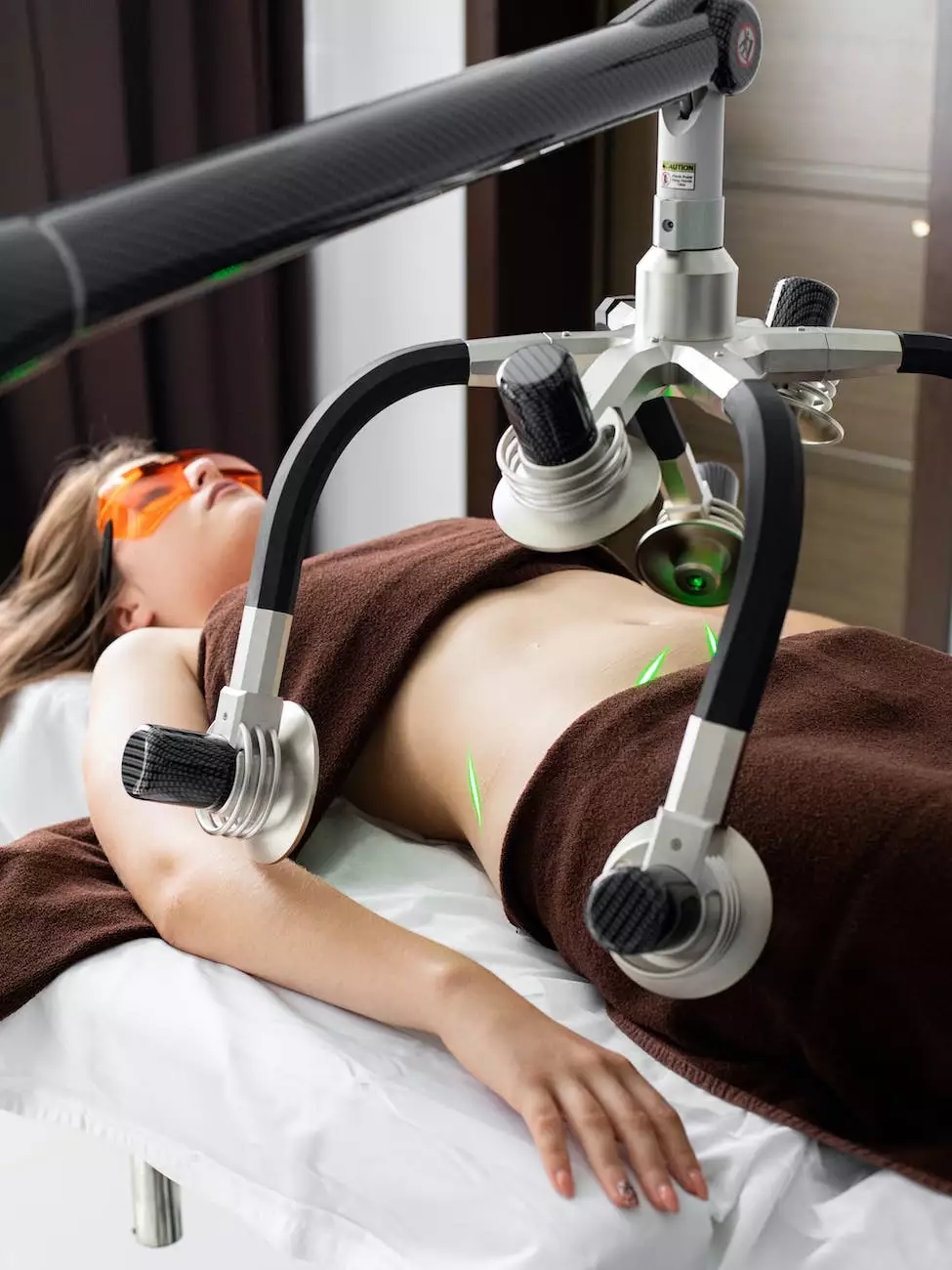Cerebral Palsy Awareness

Understanding Cerebral Palsy
Cerebral Palsy (CP) is a group of neurological disorders that affect muscle coordination and movement. It is caused by damage to the developing brain, typically before or during birth, but can also occur in early childhood. CP is a lifelong condition that can vary in severity, affecting each individual differently.
Symptoms and Diagnosis
The symptoms of cerebral palsy can include muscle stiffness, weakness, and poor coordination. Children with CP may have difficulties walking, speaking, or performing other motor skills. Diagnosis is usually made based on physical examination, medical history, and sometimes additional tests like brain imaging to identify brain abnormalities.
Treatment and Management
While there is no cure for cerebral palsy, various treatments and therapies can help manage the symptoms and improve quality of life. Physical, occupational, and speech therapy are commonly used to improve muscle tone, mobility, and communication skills. Assistive devices such as wheelchairs, braces, and communication aids may also be recommended.
Support and Resources
Living with cerebral palsy can present unique challenges, but there are numerous support networks and resources available to individuals and their families. Support groups and organizations provide valuable information, emotional support, and a sense of community. They offer educational materials, guidance in accessing treatment options, and opportunities for advocacy.
Getting Involved in Cerebral Palsy Awareness
Increasing awareness about cerebral palsy is crucial for promoting understanding, inclusion, and support for those affected by the condition. There are many ways to get involved in raising awareness:
1. Share Your Story
Sharing your personal experiences with cerebral palsy can help educate others and break down misconceptions. Sharing stories through blogs, social media, or even public speaking engagements can make a significant impact.
2. Volunteer
Consider volunteering your time and skills to organizations that support individuals with cerebral palsy. You can contribute to their campaigns, events, or fundraising efforts, and help create positive change within the community.
3. Participate in Events
Join local or national events dedicated to raising awareness and funds for cerebral palsy research. Walks, runs, charity galas, and other gatherings provide opportunities to connect with others, create visibility, and contribute to a greater cause.
4. Educate Yourself
Staying informed about the latest research, treatments, and therapies pertaining to cerebral palsy can help you become a valuable resource for others seeking information. Attend conferences, workshops, or webinars to expand your knowledge on the subject.
5. Advocate for Change
Advocacy plays a vital role in promoting policies that support individuals with cerebral palsy. Get involved in local or national campaigns advocating for better access to healthcare, inclusive education, and equal opportunities for those with disabilities.
Conclusion
By raising awareness about cerebral palsy, we can foster a more inclusive society that supports individuals living with this condition. The Cerebral Palsy Awareness page of Foley James D MD aims to provide comprehensive information, resources, and ways to get involved in the movement towards a brighter future.









